
Taylor & Francis Books India Pvt Ltd

83 books
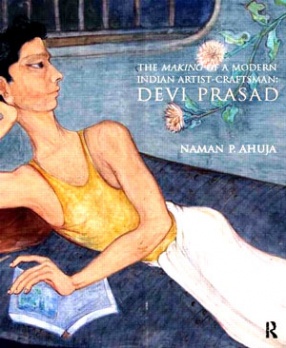
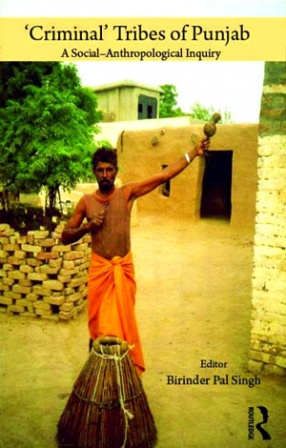
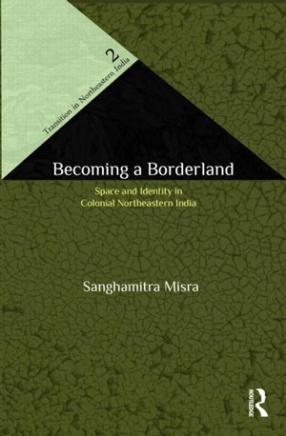
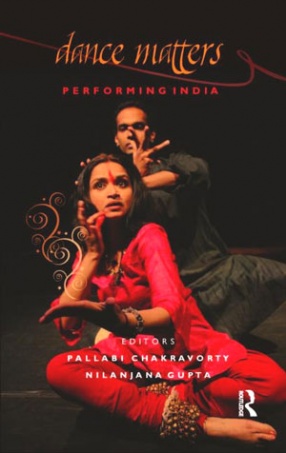
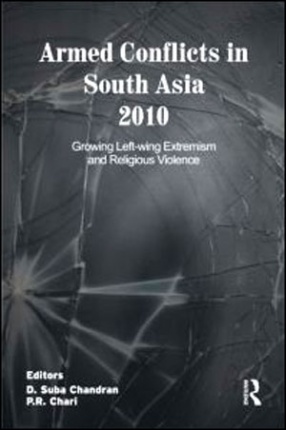
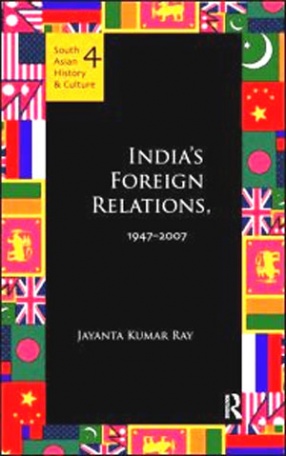

In India as elsewhere, peripheries have frequently been viewed through the eyes of the centre. This book aims at reversing the gaze, presenting the perspectives of low castes, tribes, or other subalterns in a way that amplifies their ability to voice their own concerns.
This volume takes a multidimensional perspective, citing political, economic and cultural factors as expressions of the autonomous assertions of these groups. Questioning the exclusive definitions ...
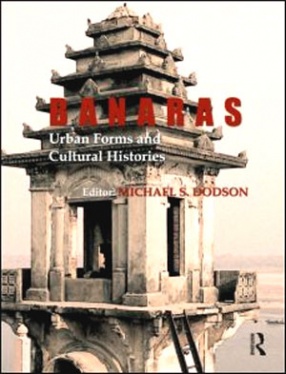
Based on original research and with a fascinating collection of archival and contemporary photographs, this volume is a unique analysis of Banaras in recent times, with its urban and cultural components examined in their many facets. Supplementing earlier, more traditional accounts that have focused on the city’s religious landscape, the book explores the essential ambiguity of colonialism and modernization in a city otherwise defined by narratives of ...

Devi Prasad (1921-2011), India's pioneering artist-potter, visionary educationist and pacifist, joined Santiniketan, India's premier art school in 1938 when founder Rabindranath Tagore was still involved with the institution. At Nandalal Bose's suggestion and following a correspondence with Gandhi in 1944 he joined Sevagram, Gandhi's ashram, as Art Teacher, where he taught for nearly twenty years. His political consciousness saw him participate actively in the ...
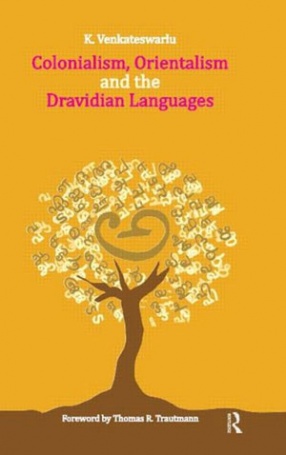
The Dravidian language family is marked historically by a protracted struggle between Tamil and its supremacy on the one hand, and the consequent peripheralizing of other majoritarian languages of the region on the other. This book looks at the development of Telugu with its unique grammatical and lexical tradition as instrumental in the construction of the concept of the Dravidian language family in 1816, and in the development of comparative linguistics since ...
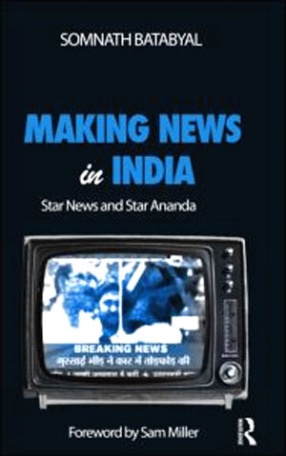
Post-liberalisation India has witnessed a dramatic growth of the television industry as well as on-screen images of the glitz and glamour of a vibrant, ‘shining’ India. Through a detailed ethnographic study of Star News and Star Ananda involving interviews, observations and content analysis, this book explores the milieu of 24-hour private news channels today. It offers insightful glimpses into the workings of one of the mightiest news corporations ...

This, the fourth book in the series 'Celebrating Dance in Asia and the Pacific', explores the current dance scene in Australia from a wide perspective that mirrors the creative engagement of artists with Australian culture and the landscape. It looks at Indigenous dance, choreography beyond theatre, youth and community dance, Australian dancers’ versatility and risk-taking. The comprehensive essays recount immigrant influences, the legacy of the Ballets ...
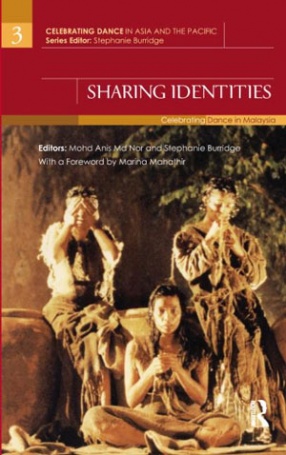
Dance, to a large extent, has remained outside the arena of academic discourse. This comprehensive anthology by acknowledged luminaries in the field provides a platform for this discourse. The articles in this book are rooted in research on important and relevant issues in Dance Studies and incorporate a multidisciplinary approach covering the diversity of dance practices in Malaysia from court to folk, contemporary and indigenous dance. The volume includes ...
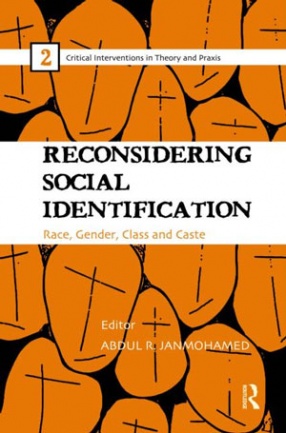
This volume is an argument for further cross-national, interdisciplinary dialogue on the political economy of social identification and division. It investigates how four socially constructed identities race, gender, class and caste may be rethought as matrices that accumulate values and translate and transfer them from one to another. The articles also attempt to compare the mechanisms deployed by various groups to consolidate social identificatory ...

Focussing on 7 tribes of the Punjab declared as 'criminal' by the British administration in India, this study highlights the problem of how the concepts of 'tribe' and 'criminal' continue to remain ill- and variously-defined, they constituting the most oppressed in an otherwise prosperous state.
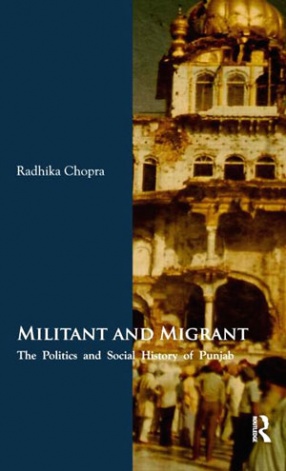
This book is a study of the transformations in Punjab created by biotechnological revolutions, economic restructuring, persistent migrations, and political upheaval in the late 20th century. The sacred centre at Amritsar, the transnational settlement of Southall and a Doaba village form the terrain for this — three sites that can seen as metonymic spaces of identity that transcend geographic boundaries, and form the structure of this book.Relations between ...
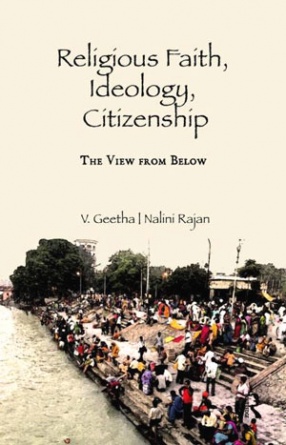
This book looks at the triadic relations between faith, the state and political actors, and the ideas that move them. It comprises a set of essays on diverse histories and ideas, ranging from Gandhian civic action to radical free thought in colonial India, from liberation theologies, that take their cue from specific and lived experiences of oppression and humiliation, to the universalism promised by an expansive Islam. Deploying gender and caste as the central ...

This book looks afresh at how power was configured in the western borderlands of northeastern India in colonial times. It focuses on a dramatic transformation of this region from being one with rich historical connections with the surrounding polities of Tibet Nepal Bengal and Assam into a fragmented zone of polities and a colonial borderland.The book begins in a period when the links of this region with the imagined core of Indian history were less significant ...
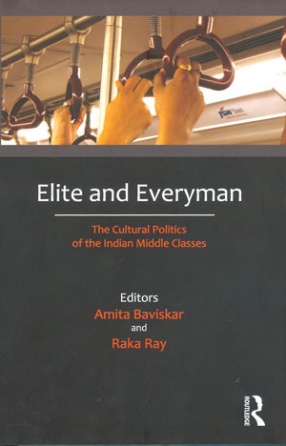
This landmark volume examines the middle classes- who they are and what they do – their influence in shaping contemporary cultural politics in India. It describes the historical emergence of these classes, their changing relationships with colonial power, the Indian state, and other social groups.The articles in the book examine the changing profile of the middle class, with older groups shifting out and new entrants taking up residence, thereby ...
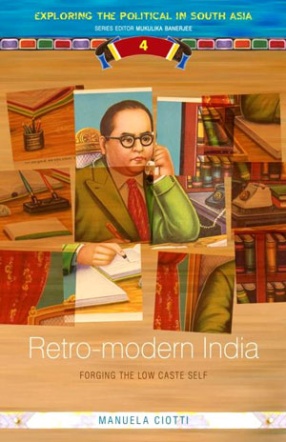
Firmly situated within the analytics of the political economy of a North Indian province, this book explores self-fashioning in pursuit of the modern amongst low-caste Chamars. Challenging existing accounts of national modernity in the non-West, the book argues that subaltern classes shape their own ideas about modernity by taking and rejecting from models of other classes within the same national context. While displacing the West - in its colonial and ...
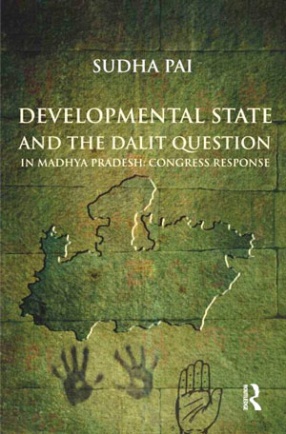
Dalit assertion has been a central feature of the states in the Hindi heartland since the mid-1980s, leading to the rise of political consciousness and identity-based lower-caste parties. The present study focuses on the different political response of the Congress party to identity assertion in Madhya Pradesh under the leadership of Digvijay Singh. In Uttar Pradesh and Bihar, in response to the strong wave of Dalit assertion that swept the region, parties such ...

This book unravels the worldview of two of the most prominent Indians in recent Indian history Tagore and Vivekananda known for their contribution to the world of ideas.In an attempt to redress the degrading conditions of colonised Indians in their time, both Tagore and Vivekananda argued for emancipation not through political struggle only, but also efforts aimed at creating an Indian consciousness, without transgressing the boundaries of humanism. This humanism ...
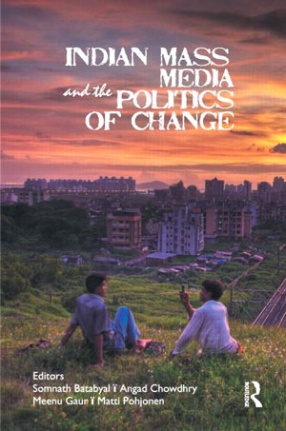
India has been the focus of international attention in the past few years. Rhetoric concerning its rapid economic growth and the burgeoning middle classes suggests that something new and significant is taking place. Something has changed, we are told: India is shining, the elephant is rising, and the 21st century will be Indian. What unites these powerful re-imaginings of the Indian nation is the notion of change and its many ramifications. Election campaigns, ...

This volume presents a multidisciplinary perspective on dance scholarship and practice as they have evolved in India and its Diaspora, outlining how dance histories have been written and re-written, how aesthetic and pedagogical conventions have changed and are changing, and how politico-economic shifts have shaped Indian dance and its negotiation with modernity.. Written by eminent and emergent scholars and practitioners of Indian dance, the articles make dance ...
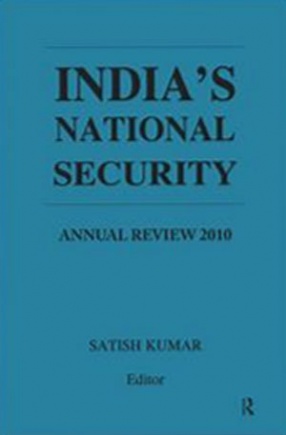
This, the tenth volume in the series India's National Security: Annual Review, comprehensively assesses India’s security profile with regards to internal as well as external threats, especially in the context of the country emerging as a global power.The book opens with a pithy and insightful analysis of the security environment and in the next section goes on to present an overview of neighbouring hotspots such as Iran, Afghanistan, Myanmar, Sri Lanka ...

This book examines the major armed conflicts in South Asia. The articles study conflict management, look at the direction the armed conflict is likely to take and provide a set of alternative measures that could be pursued by the actors.Designed as an annual series, the articles provide a brief historical sketch of the emergence of armed conflict, outlining its various phases. This volume examines the various armed conflicts in South Asia in 2009 – in ...

This book begins with an examination of the impact of Partition on India’s foreign relations. Focusing primarily on events between 1947 and 2007, the author contends that one has also to look before 1947 and review the thoughts and actions of the main Indian architects of Partition M.K. Gandhi and Jawaharlal Nehru. The author argues that these leaders, opting for Partition, perpetuated and institutionalised the very issue they sought to resolve by this ...
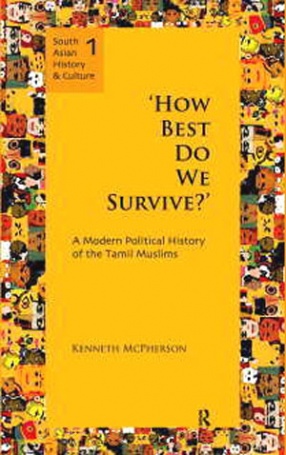
This book traces the social and political history of the Muslims of South India from the later nineteenth century to Independence in 1947, and the contours that followed. It describes a community in search of political survival amidst an ever-changing climate, and the fluctuating fortunes it had in dealing with the rise of Indian nationalism, the local political nuances of that rise, and its own changing position as part of the wider Muslim community in India.The ...
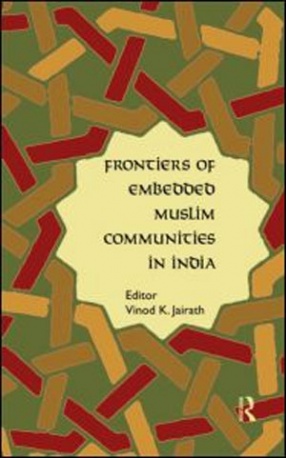
This volume approaches the study of Muslim societies through an evolutionary lens, challenging Islamic traditions, identities, communities, beliefs, practices and ideologies as static, frozen or unchangeable. It assumes that there is neither a monolithic, essential or authentic Islam, nor a homogeneous Muslim community. Similarly, there are no fixed binary oppositions such as between the ulama and sufi saints or textual and lived Islam. The overarching ...
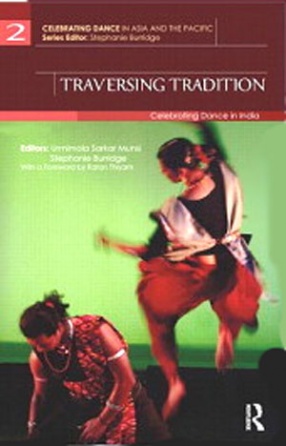
This anthology celebrates and documents dance in its various forms in contemporary India. Dance occupies the most prestigious place of all performing arts in India yet curiously, to a large extent, it has remained outside the arena of academic discourse. The articles here, incorporating a multidisciplinary approach, are rooted in research on relevant issues in the area of Dance Studies. The volume includes contributions from eminent scholars, writers and ...
